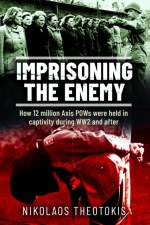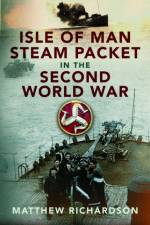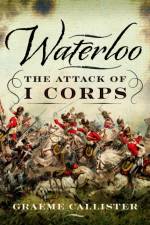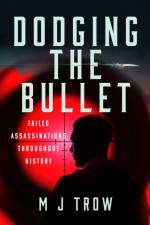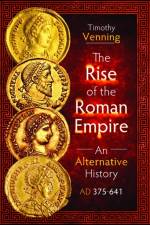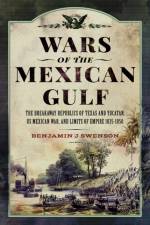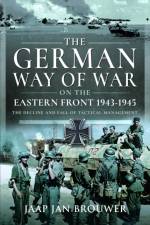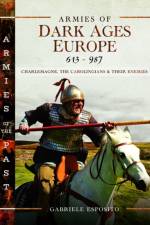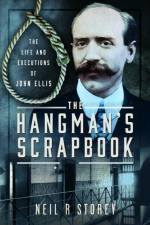av Myles Sanderson
371
Major Alexander Sanderson DSO, MC & Bar, MiD was one of the ablest and most experienced mining engineers to serve on the Western Front in the First World War. Following on from his early, adventurous life in the outback, in this biography, written by his grandson, we reveal the full story of the highly technical war he waged below, and above, No ManâEUR(TM)s Land near Lens in France as part of the 3rd Australian Tunnelling Company. As a young New Zealand-born student of the West Australian Engineer-in-Chief, he attended the School of Mines and became an underground goldmine manager alongside H.C. Hoover, the future US President. After a construction business venture with his friend John Monash (later General Sir), he undertook camel treks across the harsh Ashburton desert, sinking artesian wells and gold prospecting, before joining the Army, having abandoned his claim to a million-acre cattle station to do so. Enrolling as a Captain (HQ staff), as a Mining Corps expert Sanderson was tasked with listing all the equipment, such as winches, fans, generators etc., necessary for speeding up a war underground. SandersonâEUR(TM)s first Military Cross was awarded for his role during the Battle of Fromelles in July 1916, during which he was wounded by shellfire while repairing an explosive charge in No ManâEUR(TM)s Land. Sent to Hill 70 at Loos, his Company was at once pitched into a silent, deadly underground âEUR¿cat and mouseâEUR(TM) war of nerves with German pioneers. SandersonâEUR(TM)s rapid survey of the galleries and his alert listenersâEUR(TM) acuity soon pinpointed the tunnels of the out-manoeuvred enemy miners. Hit by three huge camouflets, the enemy ceased mining. SandersonâEUR(TM)s second MC and wound stripe were awarded after a successful night-time raid to destroy enemy shafts. When his CO was killed by a sniper, he took over command. We also read how the Australians constructed a vast network of defensive subways for the infantry from La BassÃ(c)e to Hill 70\. SandersonâEUR(TM)s defensive Hythe Tunnel, constructed in 1918, complete with pivoting bascule doors and sliding internal walls, was considered one of the finest tunnels on the Western Front. During the Blitz in the Second World War, Sanderson was put in charge of repairs to the bomb-damaged London Underground. Such was his tunnelling skills, he was also a consultant structural engineer for both the Cabinet War Rooms and ChurchillâEUR(TM)s underground bunker, following which Winston presented him with a box of his cigars as a token of the Prime MinisterâEUR(TM)s appreciation. Such was SandersonâEUR(TM)s technical ability, in 1942 he submitted secret revolutionary âEUR¿Tilt-wingâEUR(TM) and âEUR¿Vertical Take OffâEUR(TM) aeronautical designs to the Air Ministry, all of which are revealed in this biography of one manâEUR(TM)s service in two world wars.

